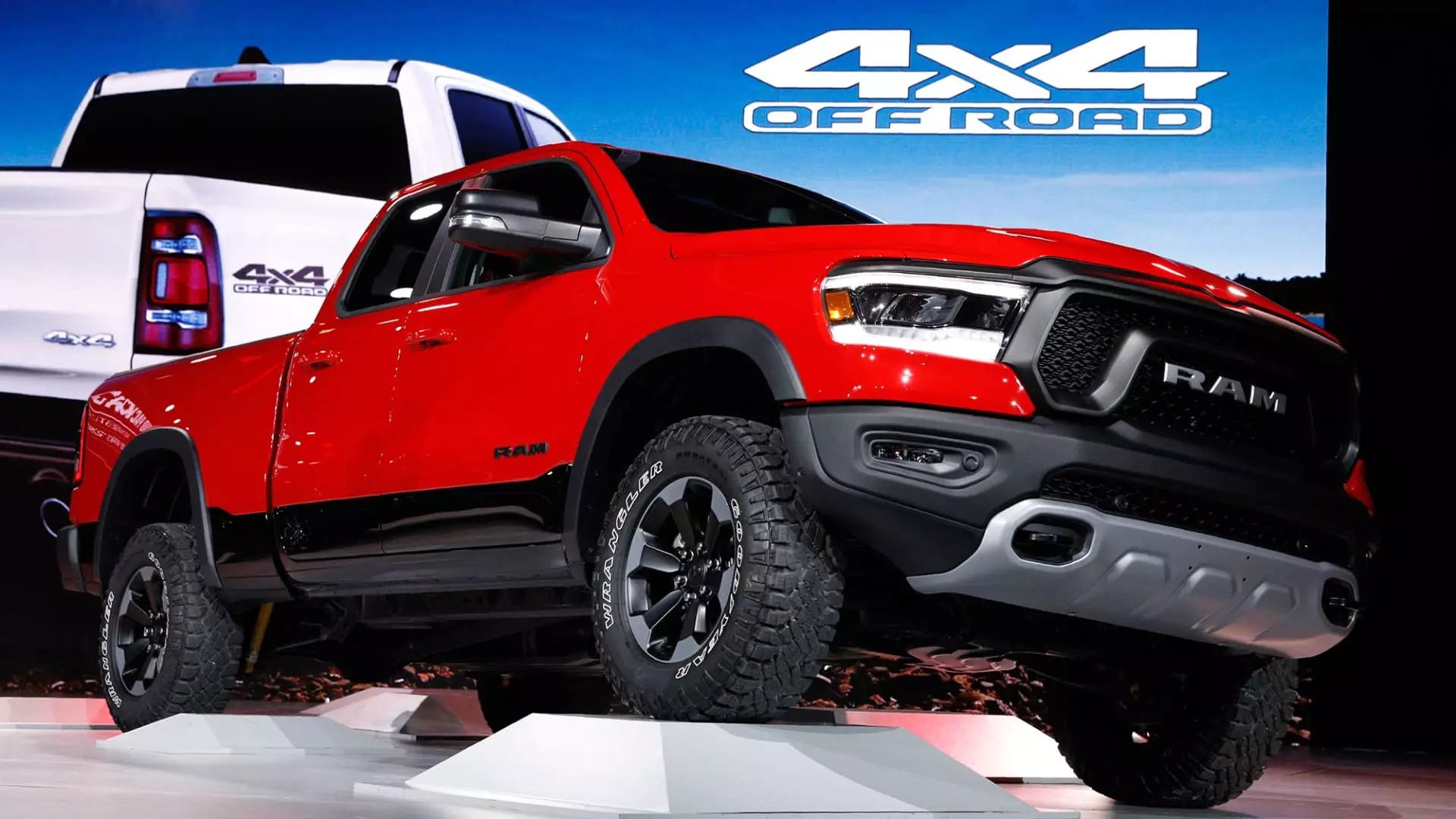Automaker Stellantis has recently announced plans to lay off up to 2,450 U.S. factory workers as it discontinues production of an older version of its Ram 1500 pickup truck in Michigan. The truck has been a staple for entry-level buyers and fleet customers since its introduction, but with the introduction of a new generation in 2018, the older version is being phased out. This decision will result in changes at the Warren Truck Assembly Plant near Detroit where the truck is produced.
The indefinite layoffs at the Warren plant have raised concerns among local governments, workers, and the United Auto Workers union. With no replacement vehicle announced, the future of the plant remains uncertain. While some employees may be reassigned to other positions within the company, the overall impact on the community and workforce is significant. The layoffs are part of a series of cost-cutting measures by Stellantis in an effort to increase profitability and revenue.
Stellantis CEO Carlos Tavares has been focused on reducing costs and improving efficiency since the merger between Fiat Chrysler and France’s PSA Groupe. The company’s “Dare Forward 2030” plan aims to double revenue by 2030, but this goal requires significant changes in production and workforce. The recent layoffs and plant closures are a reflection of this larger strategy to streamline operations and increase profits.
As Stellantis continues to navigate a changing industry landscape, the future of the company remains uncertain. The challenges of increasing revenue and profitability while managing costs and workforce changes are significant. The decisions made in the coming months will have a lasting impact on the company, its employees, and the communities where it operates. It is crucial for Stellantis to carefully consider the implications of these changes and to communicate openly with workers and stakeholders throughout the process.
The layoffs at the Warren plant and the discontinuation of the Ram 1500 “Classic” vehicle are significant developments for Stellantis. These changes highlight the challenges facing the automaker as it seeks to adapt to a rapidly evolving industry. Moving forward, Stellantis will need to carefully navigate these challenges in order to position itself for long-term success.

Leave a Reply